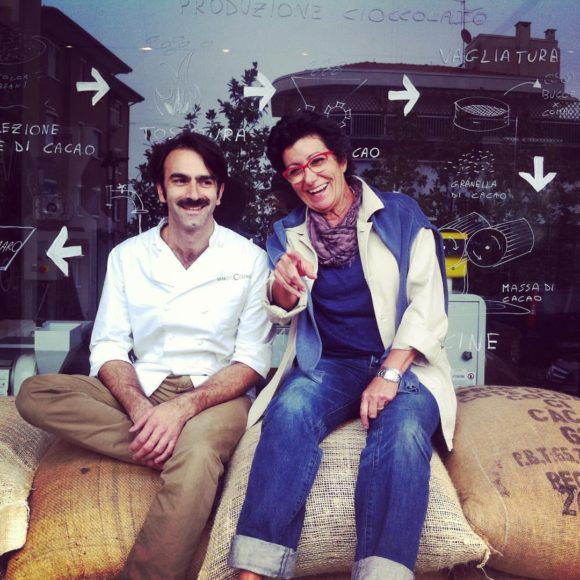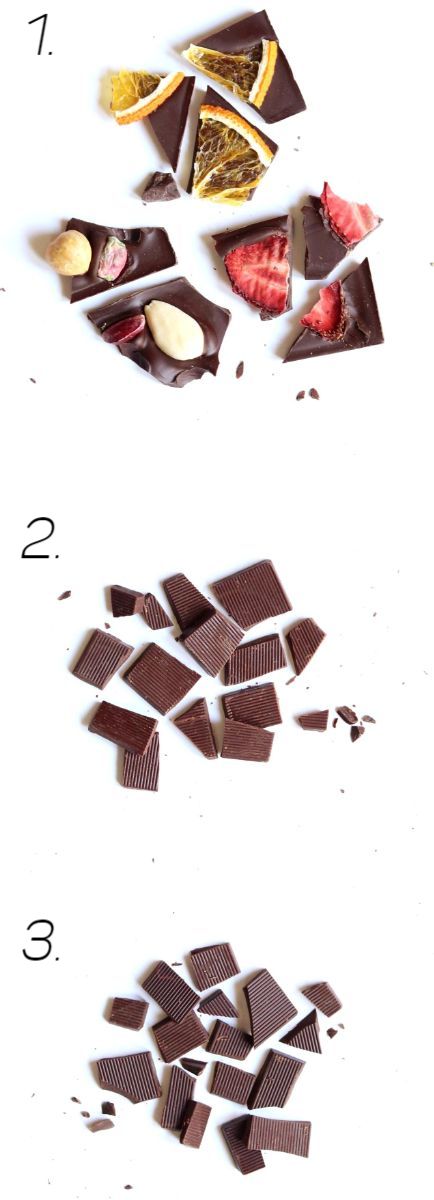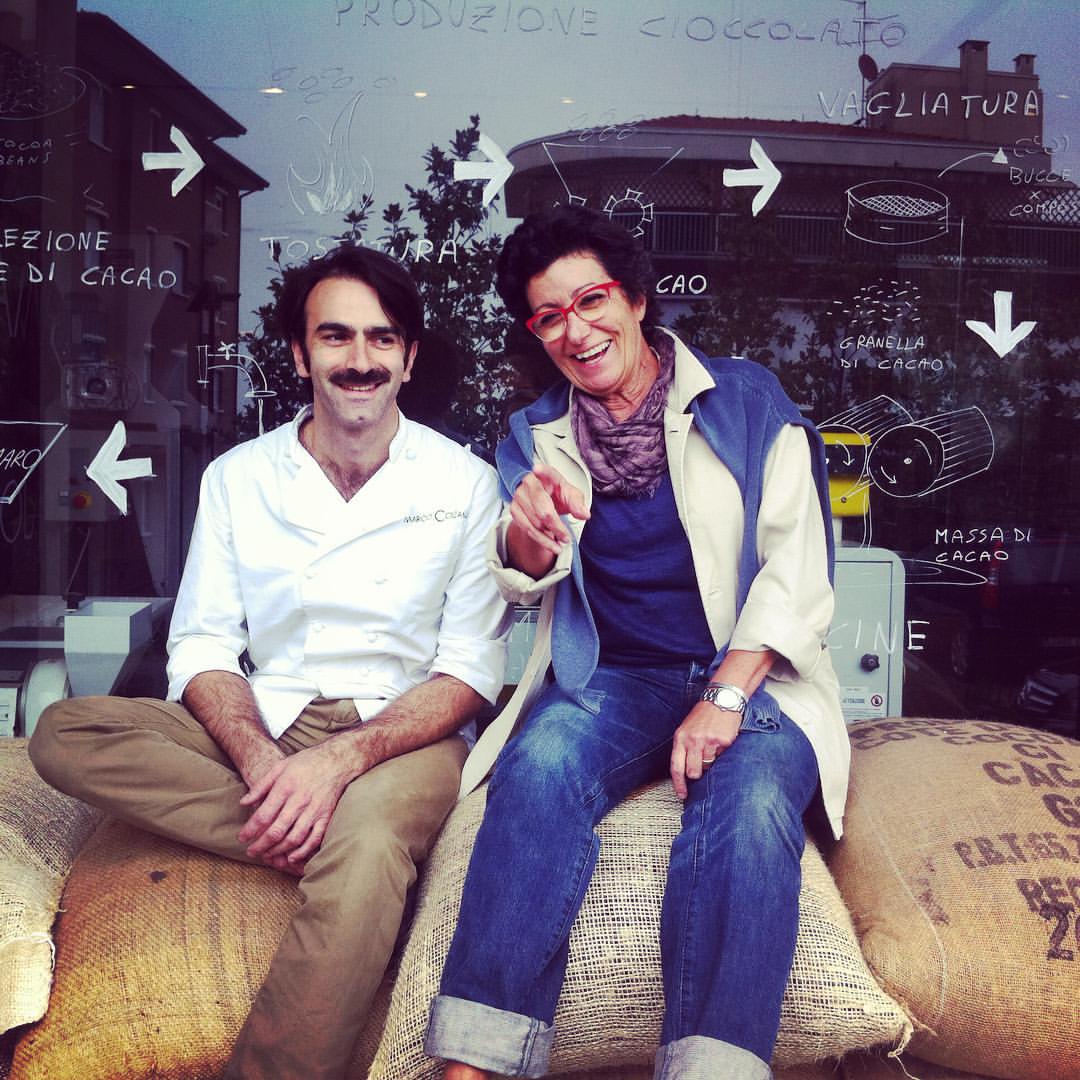Bean-to-Bar Chocolate
Marco Colzani is our chocolate maker. His life is dedicated to bean-to-bar chocolate. We love when we get Marco talking on the topic of good cacao beans and wanted to share his inspiring responses.

What does it mean to be one of the world’s few true “bean-to-bar” chocolatiers?
I make chocolate from green cacao beans. I buy the cacao beans raw, from organic cooperatives and fair-trade associations. I regularly travel to visit my cacao bean suppliers, to places like Ivory Coast, to get to know the farmers, taste the beans, and help them develop the best fermentation methods. The fermentation part of chocolate making is SO important!
Raw cacao beans are green, chalky, and extremely acidic. What turns them into chocolate?
Roasting! I roast all my own cacao beans. Usually it takes 40 minutes but every roast is different. Before I start a roast, I study the batch of green beans that I am working with and adjust the roasting time and temperature accordingly. Roasting has three purposes: it stops fermentation, kills bacteria, and unlocks the classic chocolate aromas.
Many chocolatiers oxidize their chocolate using stone grinds or conching techniques, you don’t. Why?
Oxidation is the enemy for a good chocolate. When you source the best raw materials possible, you want to respect them as much as possible. When you conch, for example, you get an intense flavor quickly but loose the more subtle, particular flavors of each single origin and cacao variety.
Your chocolate lab’s latest creation is chocolate bricks and mini squares with fruit and nuts, are they also bean-to-bar?
Of course! I am a chocolate purist, everything that I do is bean-to-bar. And when I decided to craft a chocolate with dried fruit and nuts, I insisted that the fruit and nuts be an accompaniment, not the star. When you eat this chocolate, the tartness and freshness of the fruit and nuts are there to make the flavors of the real star shine: the single origin, bean-to-bar chocolate!

1. Chocolate with fruit and nuts.
This is 66% dark chocolate, the cacao beans are from the Ivory Coast‘s GI-COOPACI cacao cooperative located in the city of Divo.
The variety of cacao bean is called Forestino, rich with notes of ripe fruit and cream.
The cacao butter is made from the same beans as the chocolate. This is extremely rare. This bar is single origin chocolate AND single origin cocoa butter!
2. Lago di Como Blu Chocolate is a 70% blend of two single-origin cacao beans. One is the Criollo variety and the other is Trinitario, but the countries of origin and exact percentages of these beans are top secret.
With notes of ginger, red fruits and freshly ground pepper, Lago di Como chocolate is remarkably smooth with no bitterness.
3. Single Origin Chocolate Tasting Box is 12 mini squares from 3 different origins.
Peru, 100% Criollo beans: without sugar, cacao in its purest form.
Cuba, 75% Trinitario beans: perfectly balanced with tannic notes.
Dominican Republic, 72% Trinitario beans: very low in acidity, deep and round flavor.
